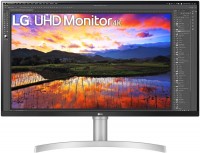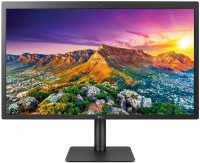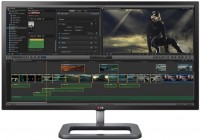Monitors LG series UltraWide (ultrawide 21:9)
prices on 41 modelLG UltraWide
In the early days of widescreen monitors, Korean giant LG was one of the biggest adopters of the format. If other manufacturers introduced 21:9 format displays into existing monitor families, then LG immediately allocated a separate UltraWide line for them. Since then, the company's engineers have been striving to emphasize the uniqueness of this series, highlighting UltraWide displays from other ultra-high models. Perhaps their main difference lies in the size of the display.
In 2021, monitors with this aspect ratio are rarely smaller than 32". Most often, these are almost TVs with a diagonal of 37 – 42". In the UltraWide series, on the contrary, models with a diagonal of 27 to 32" are more common, which are much more consistent with the concept of a classic monitor. This is where the main idea of the UltraWide series can be traced - the fact that such a widescreen monitor is an perfect alternative to working computers with two monitors.
 |
The working area of the conditional UltraWide 29WN600 allows you to place on the screen 2 – 3 workspaces with a conditional document editor, the main working application, an idea board or a toolbar. At the same time, it's not much larger than a standard 24-inch thin-bezel monitor, so you don't have to clear desktop space or even buy a new desk to get one.
The list of advantages of UltraWide series monitors usually includes increased matrix resolution (mainly 2K or 4K), support for AMD FreeSync, Flicker-Free and HDR content. Most representatives of the UltraWide series are able to work with picture-in-picture and picture-by-picture modes. The presence of built-in speakers and a USB hub depends on the specific model and its price. The same can be said about the overall quality of the matrices used and their colour rendering.







